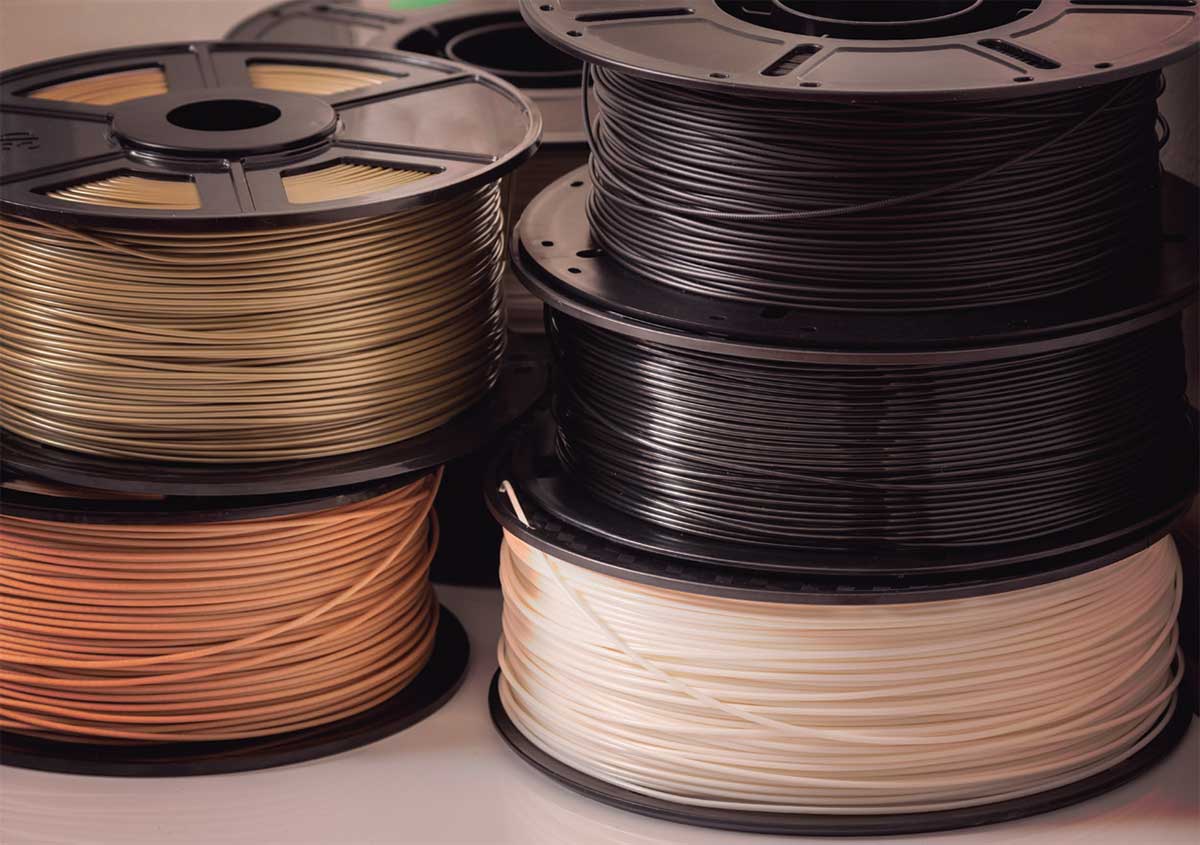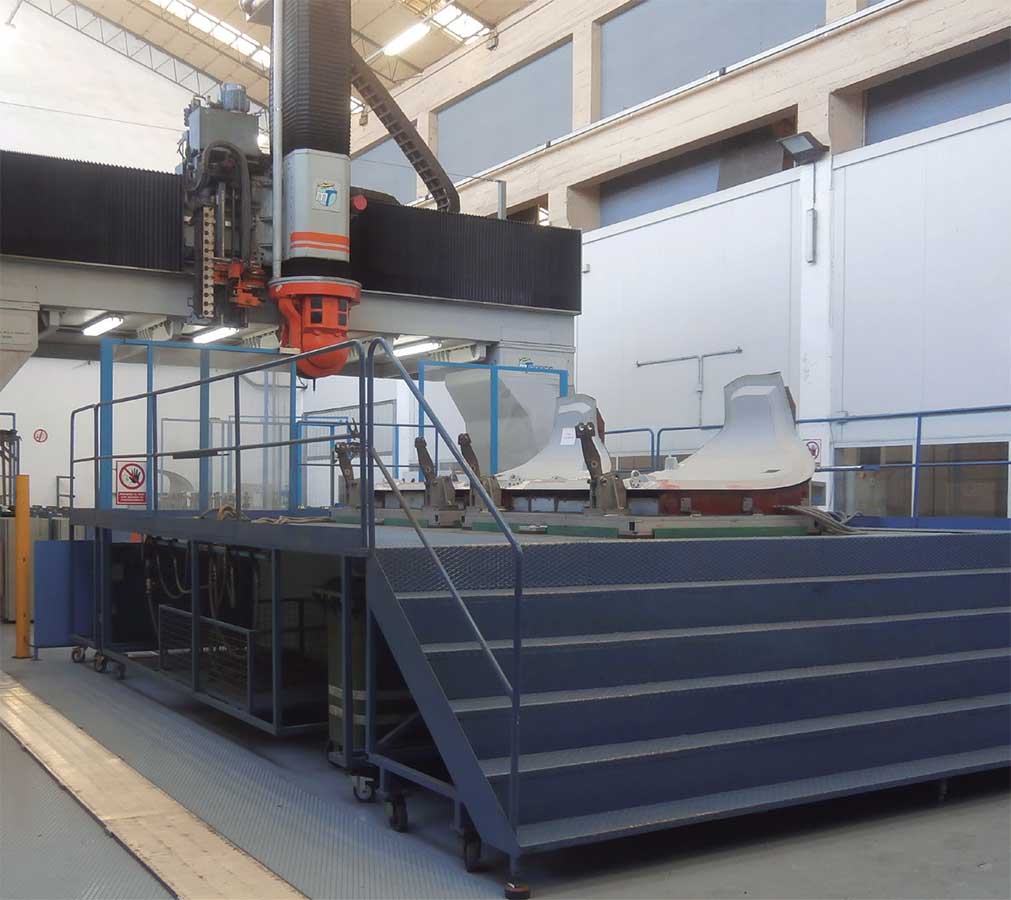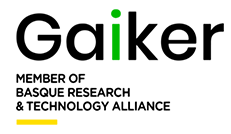RCARBEFILL
CARBON FIBRE 3D PRINTING
THE CARBON FIBRE-REINFORCED COMPOSITES OR CFRC INDUSTRY, generates large volumes of waste from prepregs, blankets and fabric offcuts: 24,000 tonnes of carbon fi bre out of the 79,000 tonnes consumed in 2015 became waste during the composite conversion and manufacturing stages, and only 10% was recovered through recycling. In addition, this is also an industry with major growth forecasts due to the need for weight reduction in sectors such as aeronautics, wind power, automotive, transport, shipbuilding, etc. AERNNOVA generates waste from carbon fi bre offcuts preimpregnated with resin, which amount to 20 tonnes in the Basque Country. Once cured in an autoclave, composite parts undergo an edging process to give the part the fi nal geometry desired, and it is in this process when the carbon powder is generated.
AERNNOVA, a leading company in the design and manufacture of aerostructures, has directed the project RCARBEFILL, where the company 3R3D and GAIKER Technology Centre have also participated.

DRIVING FACTOR


 OBJECTIVES
OBJECTIVES
- Obtain a monofilament for 3D printing by FDM (Fused Deposition Modelling) technology with high mechanical performance and electrical conductivity properties. Performance should be equal or superior to commercially available products.
- Use recycled powdered material obtained from carbon composite scrap to produce such monofilament.
 RESULTS
RESULTS
- Characterisation of materials obtained as waste in the transformation processes of the composite materials obtained in AERNNOVA’s machining hoppers, determining their composition and main properties.
- Definition of a safe waste handling process and determination of the self-ignition properties. This phase was used to rule out the possibility of obtaining electrical conductivity and the need to screen the waste for the intended application.
- Determination of the most suitable end product composition by formulation and compounding tests.
- Mixtures with a structure very similar to that of commercial monofilament were obtained.
- Validation through filament manufacturing and production of FDM 3D printed parts using recycled material from post-consumer PET and carbon fibre recovered from machining scrap.
 CONCLUSIONS
CONCLUSIONS
- The intended aim of achieving electrical conductivity or high mechanical performance has not been achieved as the materials do not have sufficient conductivity; plus, the uncertainty of recycled materials and the lack of process repeatability lead to a dispersion which does not facilitate obtaining favourable conclusions.
- However, there is a substantial improvement in the material behaviour with the addition of a small amount of filler: increased dimensional stability, facilitated processing in printing equipment, minimised warping of parts, improved adhesion to the printing bed and significantly modified aesthetic appearance of the parts.
ENVIRONMENTAL
TECHNICAL
ECONOMIC
COMMERCIAL
ON THE MARKET



